Search Results
Showing Results for time in range
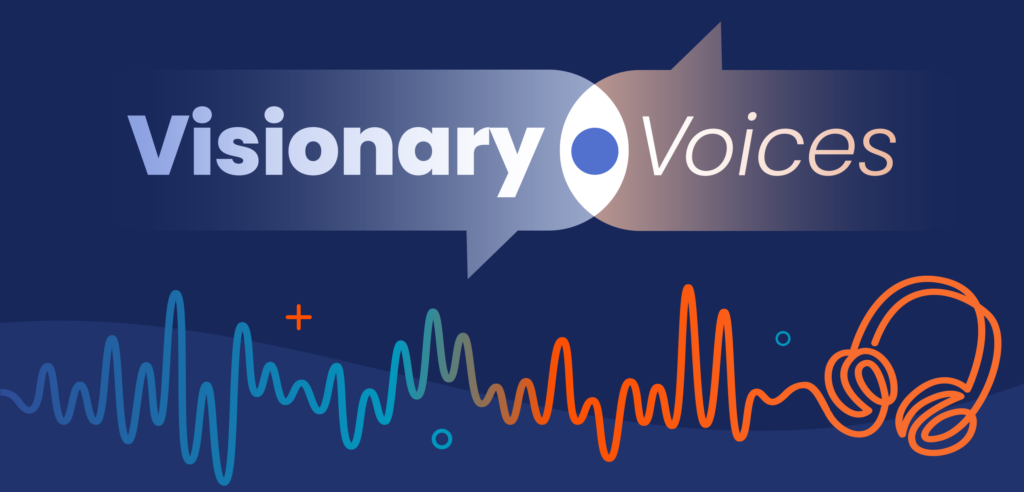
In this episode, we explore the future of continuing medical education (CME) with the team behind touchIME. Hannah Fisher and Matthew Goodwin share insights into global and US trends, the importance of patient inclusivity and how educational outcomes are evolving to better measure the direct impact of learning on clinical practice and patient care.
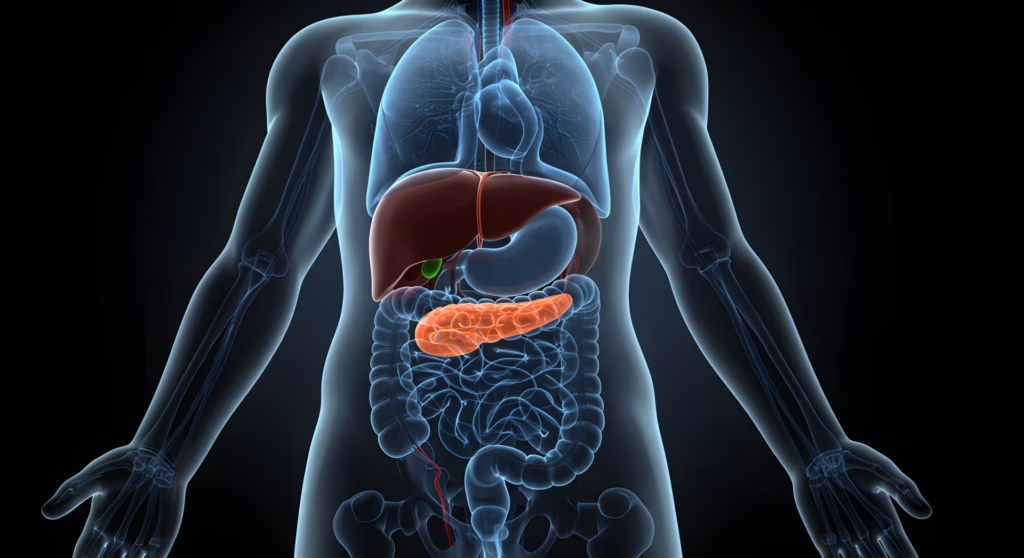
Coronavirus disease 2019 (COVID-19) is a life-threatening infection caused by severe acute respiratory syndrome coronavirus 2 (SARS-CoV-2).1 Diabetes mellitus is one of the most frequent comorbidities, related to hospitalization due to SARS-CoV-2 infection, as well as a risk factor for disease severity, ...
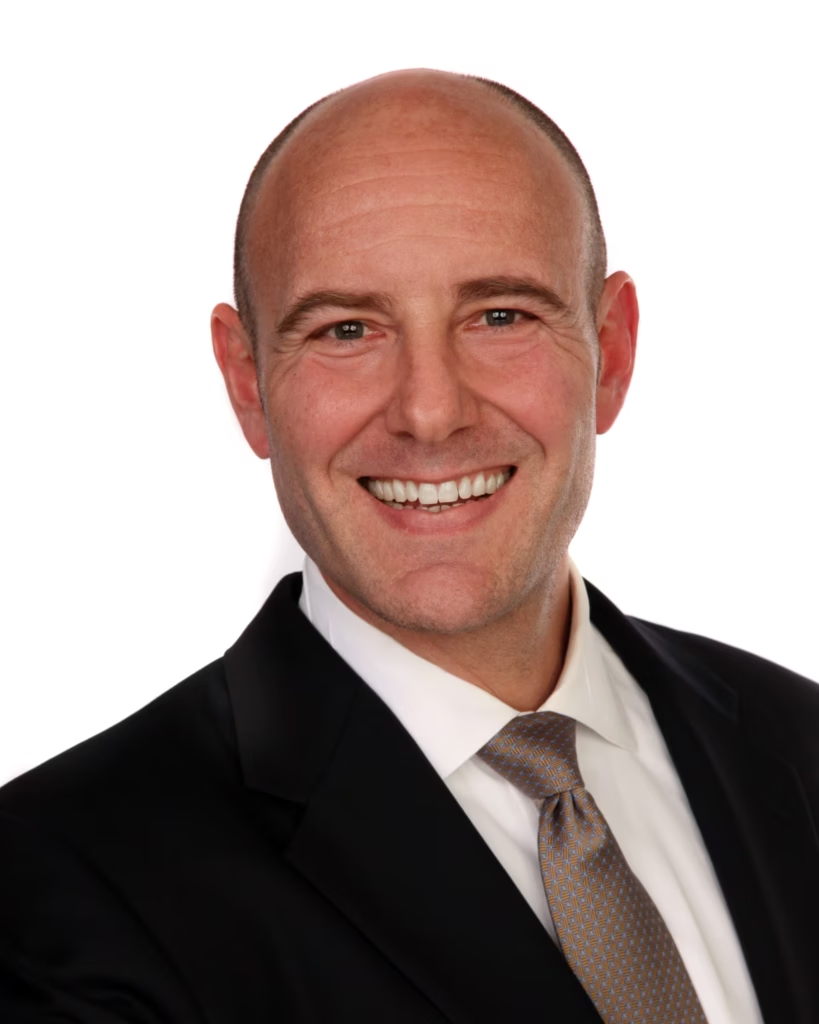
As we continue advancing the field of endocrinology, I’m excited to spotlight the impactful work being done by the American Association of Clinical Endocrinology (AACE). Our mission is to elevate the practice of clinical endocrinology to improve global health. ...

ATTD 2025 showcased 36 startups revolutionizing diabetes care with innovations like non-invasive monitoring, AI diagnostics, and real-time health tools. Awarded grants highlighted ATTD’s commitment to advancing personalized, tech-driven solutions that empower patients and transform global diabetes management.

The 17th ATTD Conference (Amsterdam, 19–22 March 2025) showcased major innovations in diabetes care. The 15-day Dexcom G7 CGM proved accurate and user-friendly. The RADIANT trial showed Omnipod® 5 significantly improved glucose control over injections in type 1 diabetes. In type 2 diabetes, the 2IQP Study highlighted benefits of AID systems. Teplizumab also showed potential to enhance glycaemic stability in newly diagnosed type 1 diabetes, reinforcing the role of technology and immunotherapy in advancing diabetes management.

Women & Diabetes takes centre stage in this interview with Zeina Abou Rizk, Founder of DiaLeb. Zeina explores the unique challenges women face in diabetes care, the power of community and advocacy, and how DiaLeb’s annual panel fosters global awareness, education, and meaningful change through lived experiences and expert insights.
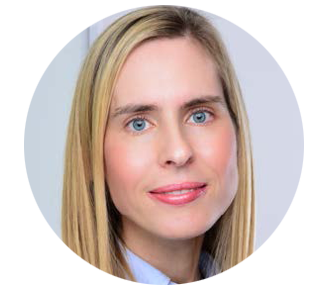
Dr Svenja Nölting shares how her international experiences and dedicated mentors shaped her career in neuroendocrine oncology, discusses the profound impact of hormones on the body, and highlights the future of precision medicine in tailoring treatments for endocrine disorders.
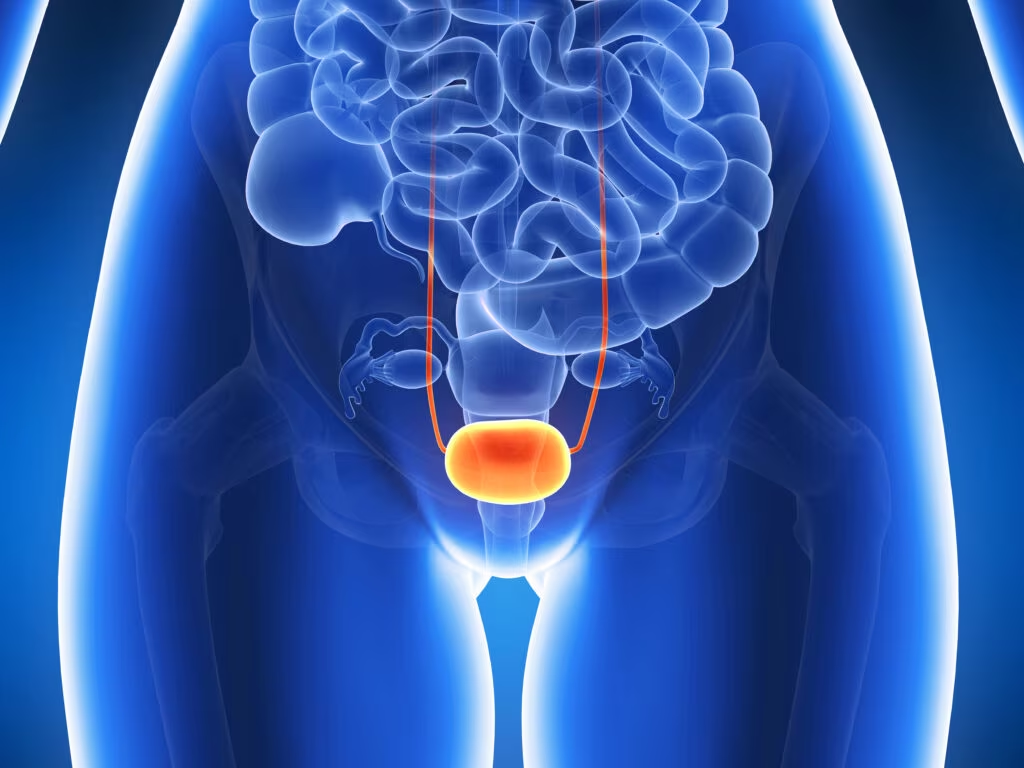
Hyponatraemia is primarily a disorder of water balance or distribution, characterized by serum sodium (Nas) levels less than 135 mmol/L.1 Hyponatraemia is the most common electrolyte disorder among elderly patients and is associated with increased mortality rates and longer hospital ...
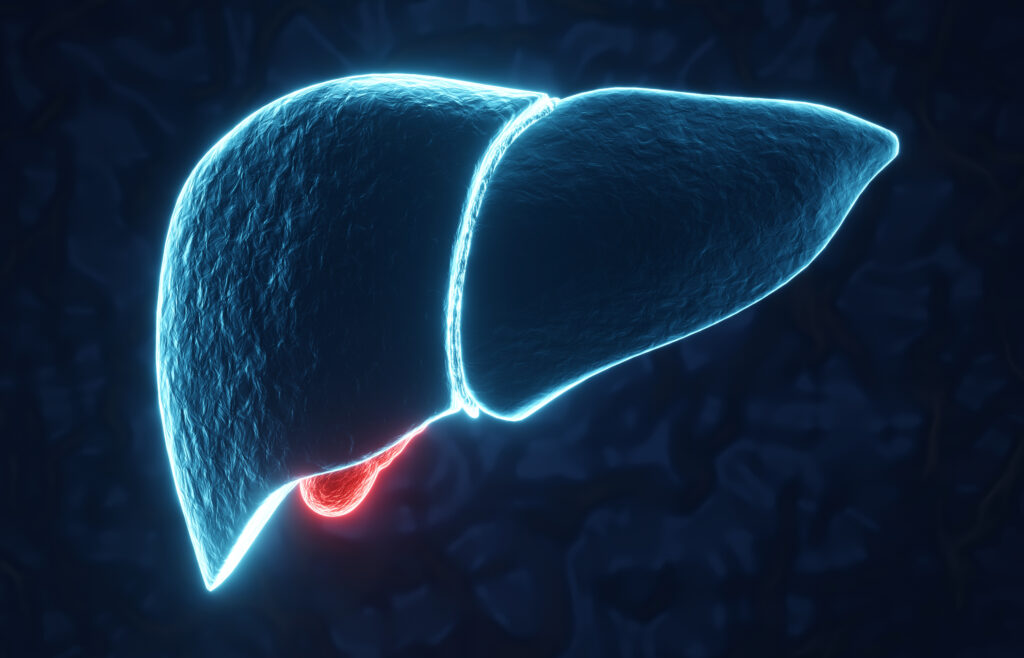
Article highlights There is growing clinical importance attributed to the development of metabolic dysfunction-associated steatotic liver disease in people with type 2 diabetes (T2D). Numerous international groups now advocate screening for advanced fibrosis in people with risk factors, such as ...
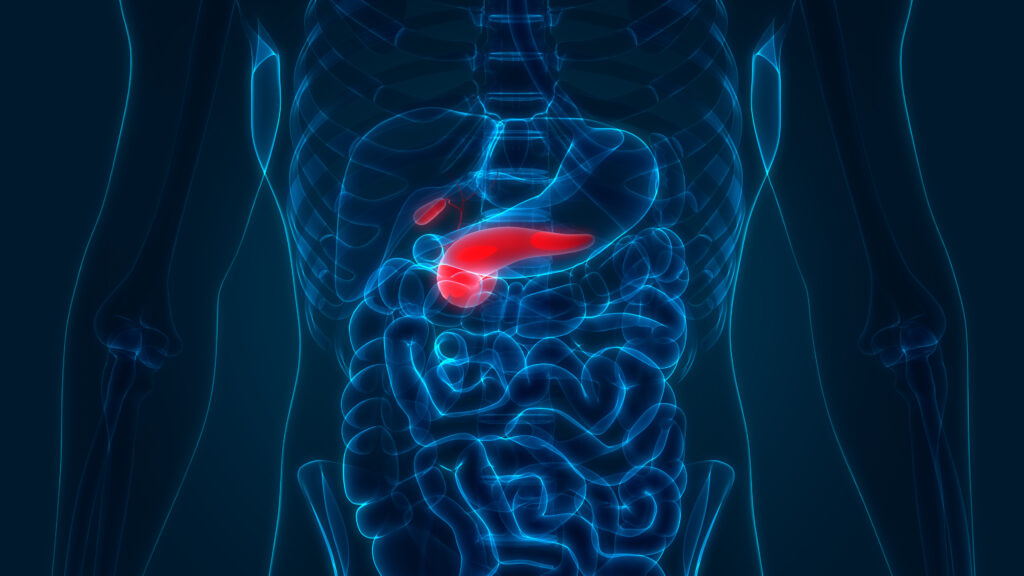
Article Highlights Early use of sodium–glucose co-transporter-2 inhibitors following myocardial infarction was associated with the following factors: Lower hospitalization for heart failure (odds ratio [OR]: 0.75; 95% confidence interval [CI]: 0.62–0.90; p=0.002). Similar cardiovascular deaths (OR: 1.04; 95% CI: 0.83–1.30; p=0.76). Similar all-cause mortality (OR: 1.00; 95% ...
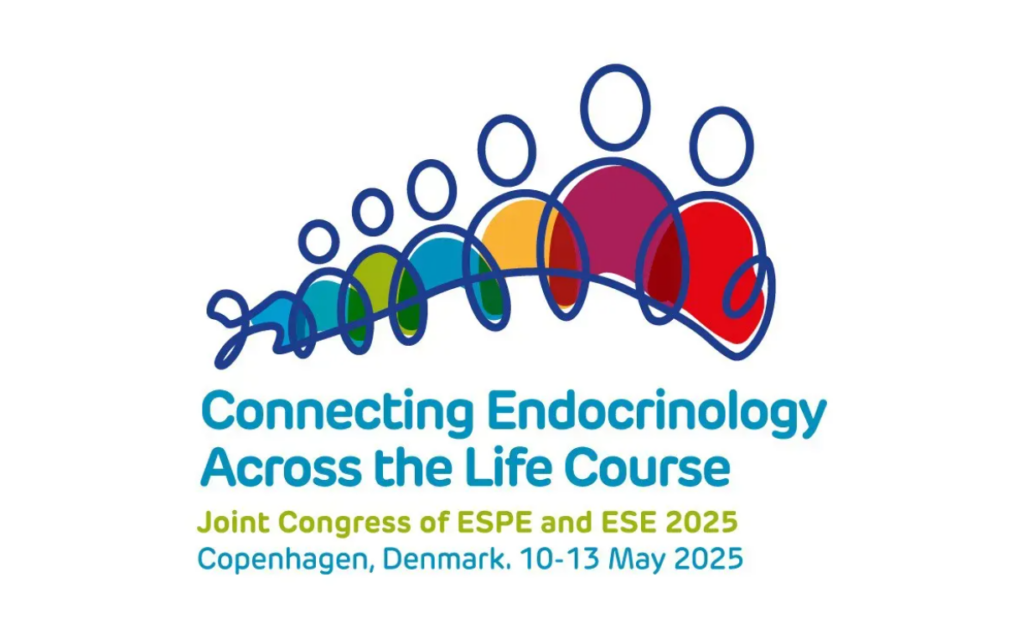
This year the fields of paediatric and adult endocrinology are coming together in a new collaboration. The European Society for Paediatric Endocrinology (ESPE) and the European Society of Endocrinology (ESE) will co-host their first-ever joint Congress on 10–13 May 2025 at the Bella Centre in Copenhagen, Denmark. This unique event, with the theme ‘Connecting Endocrinology Across the Life Course’, will unite specialists from across the world to foster collaboration, share knowledge and advance clinical care.

Polycystic ovary syndrome (PCOS) is the most common endocrinopathy affecting women of reproductive age and is characterized by hyperandrogenism, anovulation and insulin resistance (IR).1 Women with PCOS have a high risk of developing type 2 diabetes (T2D), dyslipidaemia, hypertension and ...
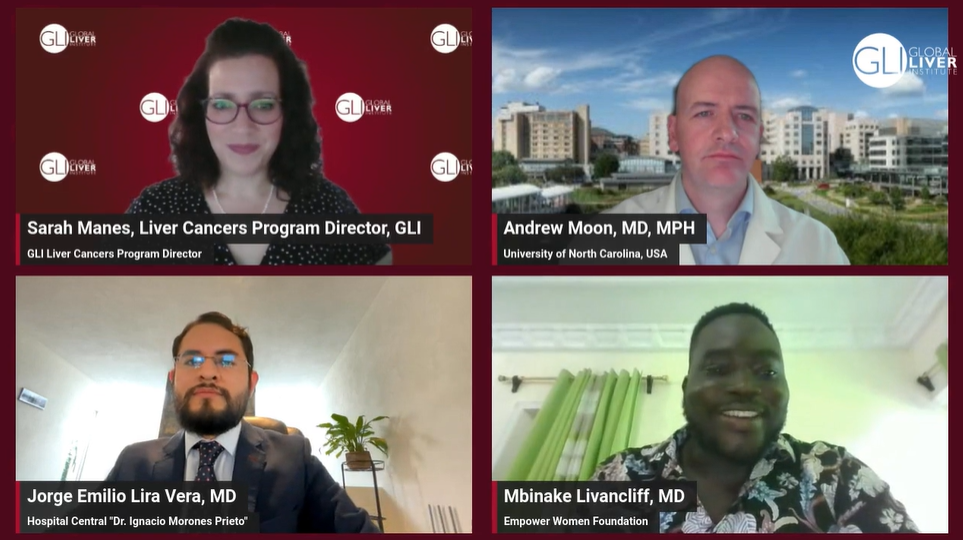
In this recent video interview hosted by Sarah Manes, Liver Cancers Program Director at the Global Liver Institute (GLI), medical experts from the USA, Cameroon and Mexico came together to address the significant health disparities in rural communities. The discussion ...
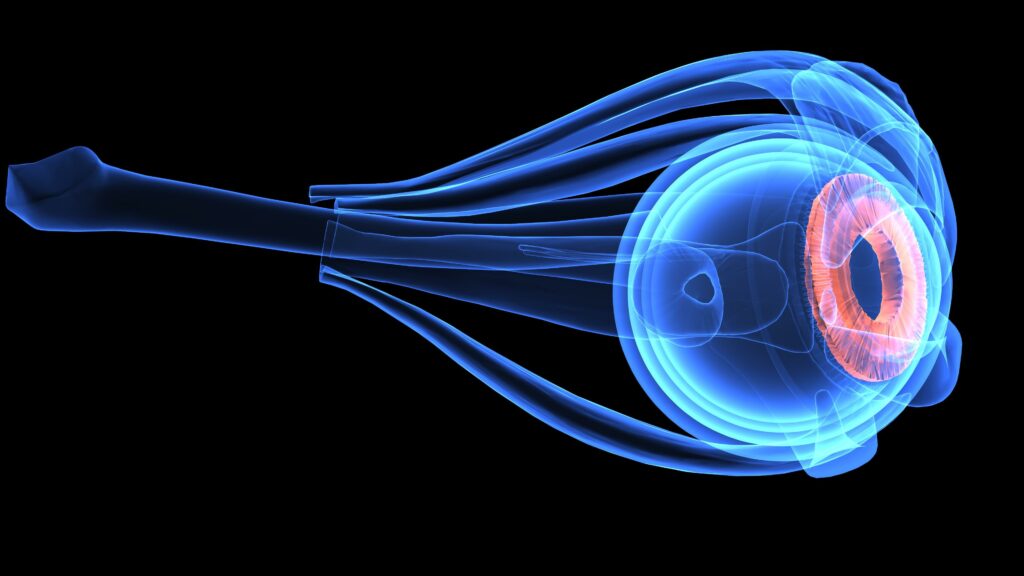
This systematic review and meta-analysis investigate the efficacy of teprotumumab, a novel monoclonal antibody, in reducing proptosis for patients with long-duration thyroid eye disease (TED). While teprotumumab has shown promise in treating active TED, its effectiveness in chronic cases remained ...

Dry eye disease (DED) is known as dry eye syndrome (DES) or keratoconjunctivitis sicca. According to the Tear Film and Ocular Surface Society’s Dry Eye Workshop II (TFOS DEWS II), it constitutes a multifactorial disease of the ocular surface, ...
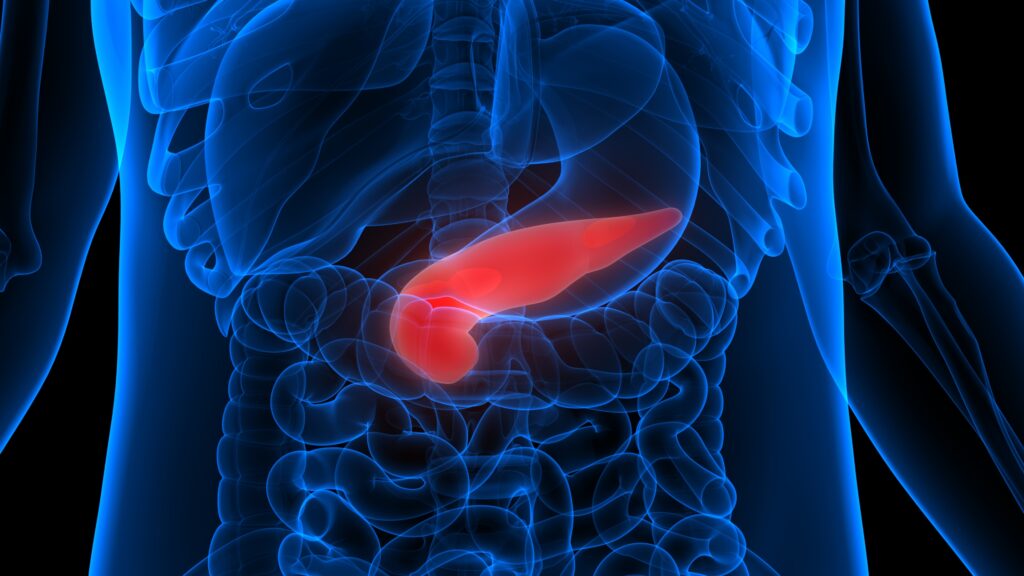
The prevalence of diabetes during pregnancy is rapidly increasing. In the USA alone, an estimated 1–2% of pregnant women have type 1 diabetes (T1D) or type 2 diabetes (T2D), and an additional 6–9% develop gestational diabetes.1 From 2000 to 2010, the prevalence of gestational ...
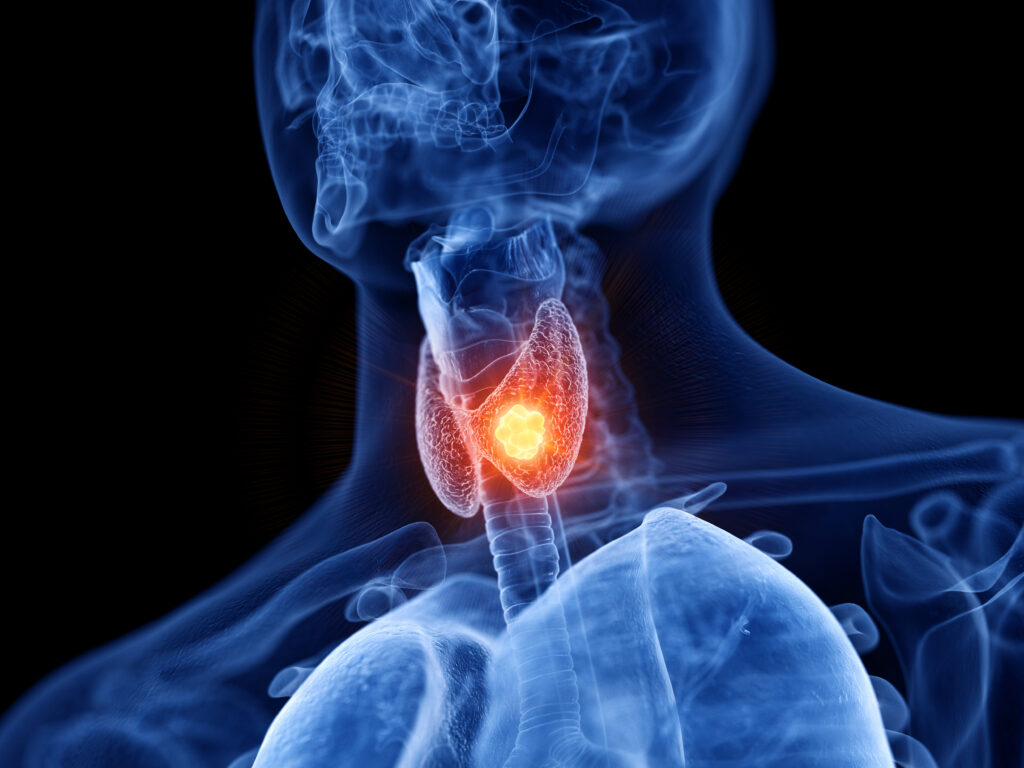
Hypercalcaemia is a common clinical condition in hospitalized patients. Malignancies and primary hyperparathyroidism (PHPT) are the two most common causes of hypercalcaemia in hospitalized patients.1–3 Apparently, there is a changing profile of hypercalcaemia in India, especially in hospital settings, because ...

Dapiglutide is a once-weekly, subcutaneous dual GLP-1/GLP-2 receptor agonist being investigated for the treatment of obesity. This first-in-class molecule is designed to take advantage of the weight-loss effects of GLP-1 agonist and the additional benefit of a GLP-2 agonist on improving intestinal barrier function and addressing co-morbidities associated with low-grade inflammation seen in obesity.
Latest articles videos and clinical updates - straight to your inbox
Log into your Touch Account
Earn and track your CME credits on the go, save articles for later, and follow the latest congress coverage.
Register now for FREE Access
Register for free to hear about the latest expert-led education, peer-reviewed articles, conference highlights, and innovative CME activities.
Sign up with an Email
Or use a Social Account.
This Functionality is for
Members Only
Explore the latest in medical education and stay current in your field. Create a free account to track your learning.

